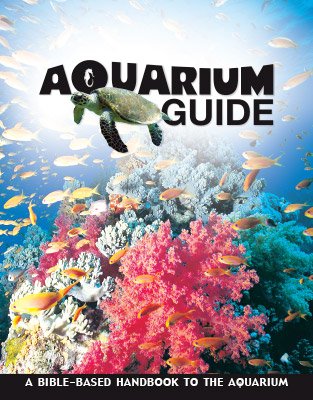Crayfish
Created on Day 5
on May 11, 2012The crayfish must shed its hard exoskeleton in order for its soft body to grow and mature.
Design

The crayfish must shed its hard exoskeleton in order for its soft body to grow and mature. Baby crayfish molt daily, a pattern that slows down as the crayfish ages. To produce a new exoskeleton, the crayfish ingests calcium, and when the time comes, finds a safe place where it can shed its old shell. The crayfish is then vulnerable to predators until its shell hardens. It will eat its old shell to get the calcium it needs to harden its new exoskeleton. The information programmed in the crayfish’s DNA was placed within the original created kind by its Creator.
Features
- The segmented body of the crayfish is usually yellow, green, or dark brown.
- The crayfish has eight jointed walking legs, two pairs of sensory antennae, and two large pincers or claws. It also has several pairs of specialized food-handling “legs,” bailers to cycle water over the gills, and five pairs of swimmerets, which are under the abdomen.
Fun Facts
- The crayfish is commonly referred to as the crawfish, the crawdad, and the mudbug.
- The world’s largest species of crayfish can weigh over 8 lbs (3.6 kg).
- All of the “legs” of the crayfish can grow back if they are broken off.
- The walking legs of the crayfish are attached to its gills. When the crayfish walks, its gills move also, helping them absorb more oxygen and eliminate carbon dioxide.
CLASS: Malacostraca (crabs, krill, pill bugs, shrimp, and relatives)
ORDER: Decapoda (crabs, shrimp, and relatives)
FAMILY: Three different families—Astacidae, Cambaridae, and Parastacida
GENUS/SPECIES: Over 500 species
Size: Average 3 in (7.5 cm)
Diet: Snails, algae, insect larvae, worms, and plants
Habitat: Found mostly in freshwater worldwide; a few live in saltwater
Aquarium Guide
With fun facts about more than 100 animals, this long-awaited Aquarium Guide includes beautiful pictures and reveals the incredible facts and design features that point to our amazing Creator. This handy size guide is excellent for school field trips and family trips to your favorite aquarium!
Browse Kids Book- © 2024 Answers in Genesis
- Privacy Policy
- Contact
- About

